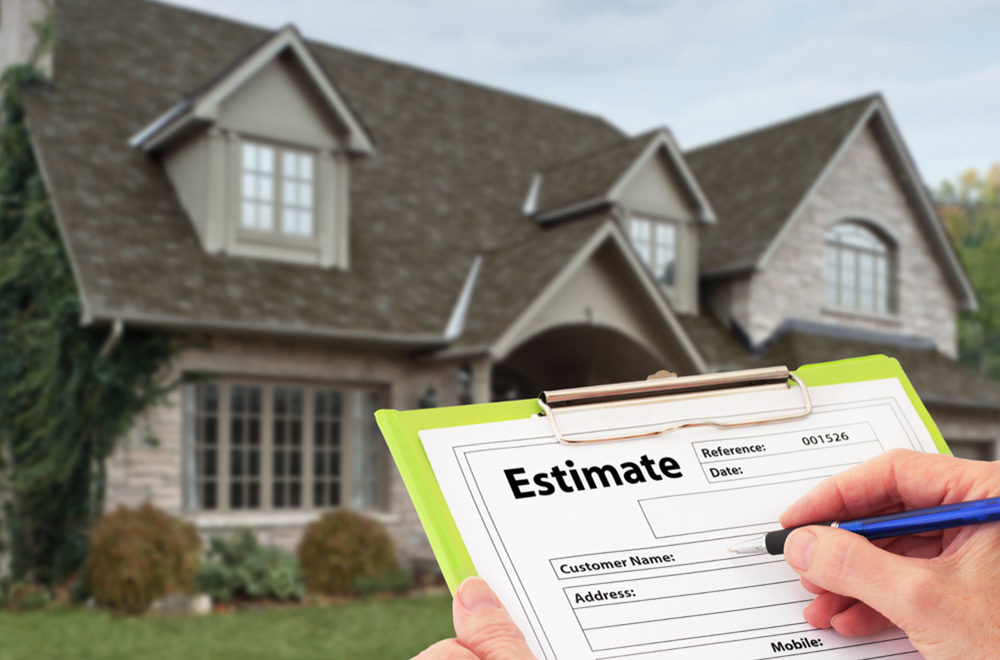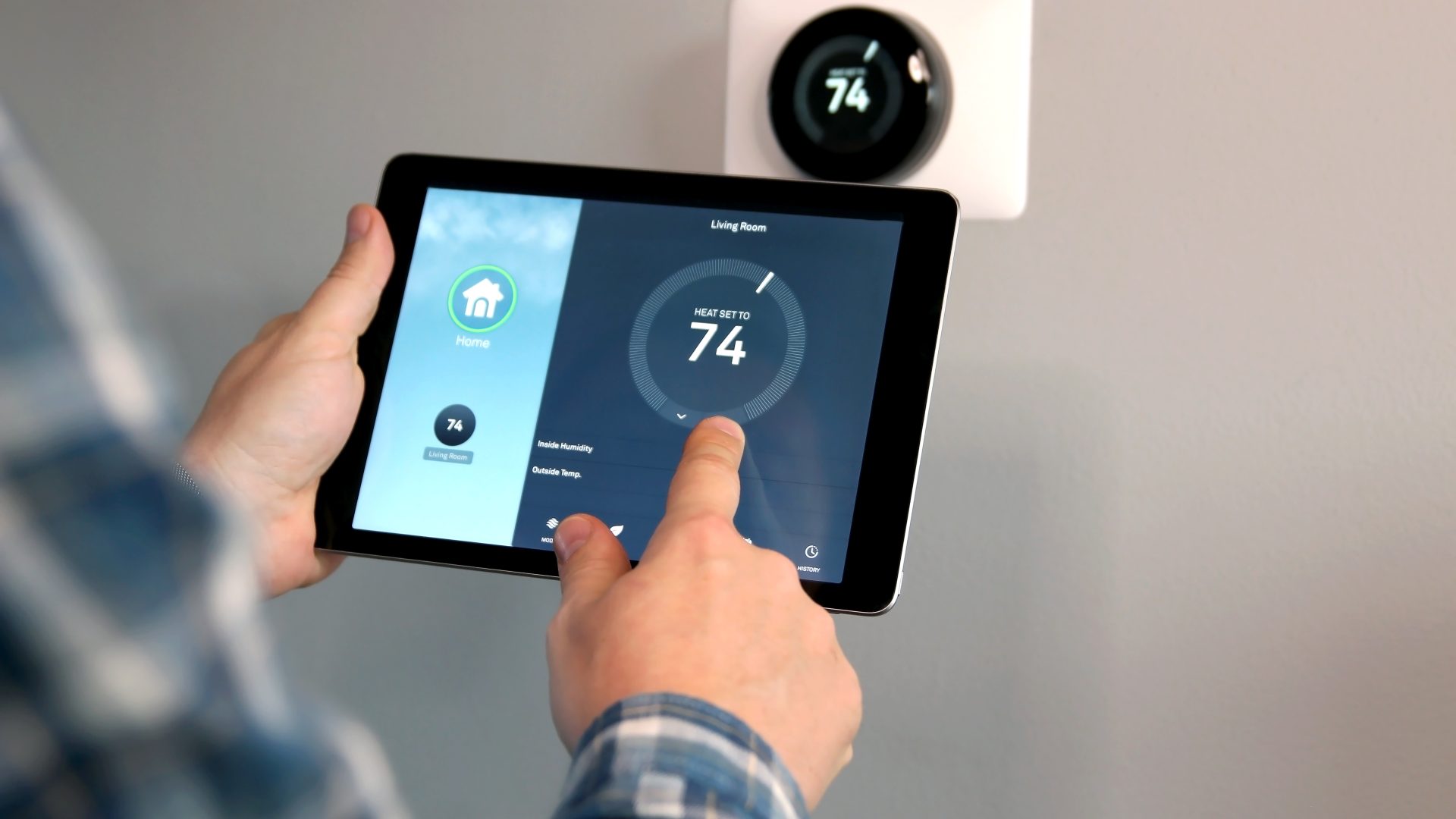
Introduction: When it comes to repairing or replacing a damaged roof, homeowners often rely on their insurance coverage to cover the costs. Obtaining a roofing estimate from your insurance company is a crucial step in the claims process. Understanding what to expect from this estimate can help you navigate the process more effectively and ensure that you receive fair compensation for the necessary repairs or replacements.
- Thorough Inspection: The first step in the roofing estimate process is a thorough inspection of the damaged roof by an insurance adjuster. The adjuster will assess the extent of the damage and evaluate the cause, whether it’s due to a storm, natural disaster, or other covered perils. They will inspect the roof’s condition, shingles, flashing, underlayment, and any other relevant components. It is essential to provide the adjuster with any documentation, photos, or evidence of the damage to support your claim.
- Detailed Scope of Work: Once the inspection is complete, the insurance company will provide you with a detailed scope of work. This document outlines the necessary repairs or replacements to restore your roof to its pre-damage condition. It includes a breakdown of the materials needed, labor costs, and any additional items required, such as flashing or ventilation systems. The scope of work should be comprehensive and address all the visible damage.
- Cost Estimate: Along with the scope of work, the insurance company will provide you with a cost estimate for the repairs or replacements. This estimate typically includes the total cost of materials, labor, and any additional expenses necessary to complete the project. It is crucial to review the estimate carefully and ensure that it aligns with the scope of work and the prevailing market rates for roofing services in your area.
- Deductible and Coverage: The roofing estimate will also specify the deductible amount that you are responsible for paying out of pocket before the insurance coverage kicks in. This deductible varies depending on your insurance policy and can be a fixed dollar amount or a percentage of the claim value. Additionally, the estimate will indicate the coverage provided by your insurance policy, including any limitations or exclusions that may affect the final payout.
- Negotiation and Contractor Selection: After receiving the roofing estimate, you have the option to review it and discuss any concerns or discrepancies with your insurance company. If you believe that the estimate does not adequately cover the necessary repairs, you can negotiate with your insurer to ensure fair compensation. It is essential to provide any additional documentation, quotes from reputable contractors, or expert opinions that support your case.
Once you reach an agreement on the scope of work and the estimated cost, you can select a qualified roofing contractor to carry out the repairs or replacements. Ensure that the contractor you choose is licensed, insured, and experienced in handling insurance claims. The insurance company may have a list of preferred contractors, but you have the right to select your own contractor as long as they meet the necessary criteria.
Conclusion: Obtaining a roofing estimate from your insurance company is a crucial step in the process of repairing or replacing a damaged roof. By understanding what to expect from the estimate, including a thorough inspection, a detailed scope of work, a cost estimate, and coverage details, you can navigate the claims process more effectively. Be prepared to negotiate if necessary, and select a qualified contractor to ensure that your roof is restored to its pre-damage condition in a timely and satisfactory manner.
Helius Roofing is a small, family-owned roofing company located in the heart of Celina, Texas. We specialize in all your residential roofing needs including new construction, gutters, hail damage and repair. Here at Helius Roofing we provide the best workmanship using premiere products but most importantly, we have set the bar in customer service. We understand that our customers are the lifeline to our success and that’s why customer service is our #1 priority. We know that you, the homeowner, have many options when it comes to selecting a roofing company. Our promise to you is Helius Roofing we will be here tomorrow to stand behind what we do today. We appreciate you stopping by and would love an opportunity to work on your roofing project.



